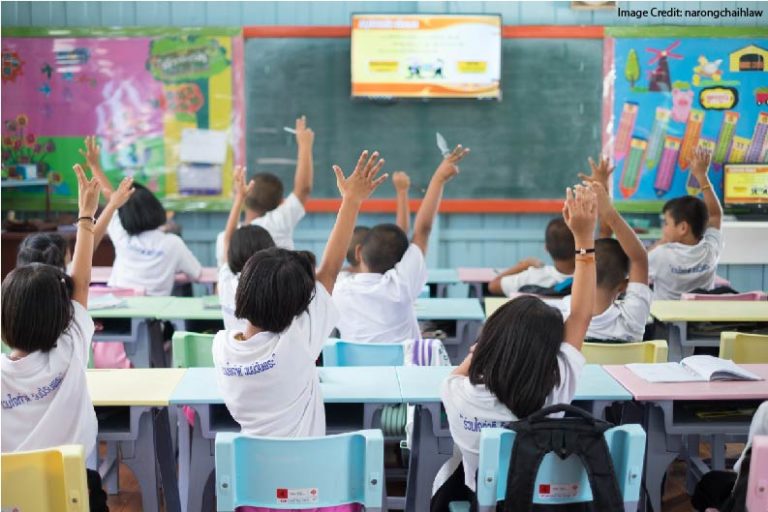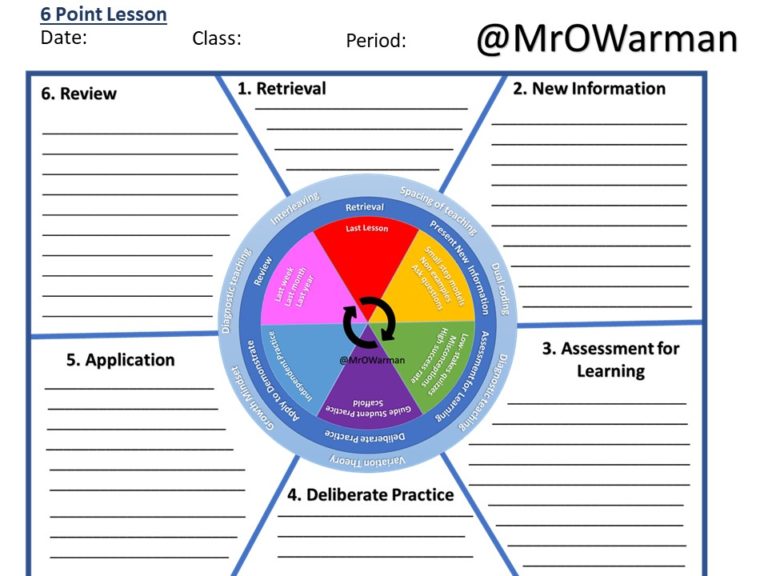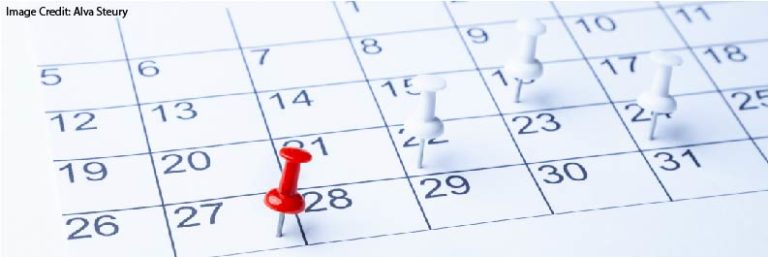Tags
ADHD adolescence attention autism book review boundary conditions classroom advice conference speakers constructivism/direct instruction creativity desirable difficulty development dual coding elementary school embodied cognition emotion evolution exercise experts and novices gender high school homework intelligence long-term memory math methodology middle school mind-wandering mindfulness Mindset motivation neuromyths neuroscience online learning parents psychology reading retrieval practice self-control skepticism sleep STEM stress technology working memoryRecent Comments
- Roberta on Seriously: What Motivates Teachers to Be Funny?
- Revisiting the "Handwriting vs. Laptops" Debate: More Moving Goalposts |Education & Teacher Conferences on Handwritten Notes or Laptop Notes: A Skeptic Converted?
- The Power Of A Growth Mindset: How Students Can Overcome Challenges - Sunshine Blessings on The Rise and Fall and Rise of Growth Mindset
- Goals, Failure, and Emotions: a Conceptual Framework |Education & Teacher Conferences on “Learning from Mistakes” vs. “Learning from Explanations”
- From Destruction to Rebuilding: Hope in Science’s Down Cycle on When Analogies Go Wrong: The Benefits of Stress?
ABOUT THE BLOG
Tag Archives: classroom advice

What (and Why) Should Students Memorize? Confidence and Fluency for...
In our profession, memorization has gotten a bad name. The word conjures up alarming images: Dickensian…

Prior Knowledge: Building the Right Floor [Updated]
Researchers can demonstrate that some core knowledge is essential for students to start learning about a topic. Teachers can use that guidance to improve learning for all students. Continue reading

“Soft” vs. “Hard” Skills: Which Create a Stronger Foundation?
As teachers, should we focus on our students’ understanding of course content, or on our…

Seriously: What Motivates Teachers to Be Funny?
To start 2021 in the right spirit, let’s think about humor in the classroom. It…

The Best Teaching Advice We’ve Got
You want to improve your teaching with psychology research? We’ve got good news, and bad…

“But How Do We Know If It Works in the...
We’ve heard so much about retrieval practice in the last two years that it seems…

“Sooner or Later”: What’s the Best Timing for Feedback?
Given the importance of feedback for learning, it seems obvious teachers should have well-established routines…

“Rich” or “Bland”: Which Diagrams Helps Students Learn Deeply?
Colorful diagrams might raise students’ interest. What do those diagrams do for their learning? Continue reading

“Before You Change Your Teaching, Change Your Thinking”
When I attended my first Learning and the Brain conference, more than a decade ago,…

“Successive Relearning”: 1 + 1 = +10%
We know that “retrieval practice” helps students learn. We know that “spacing” does too. What happens when we combine those techniques? Continue reading
